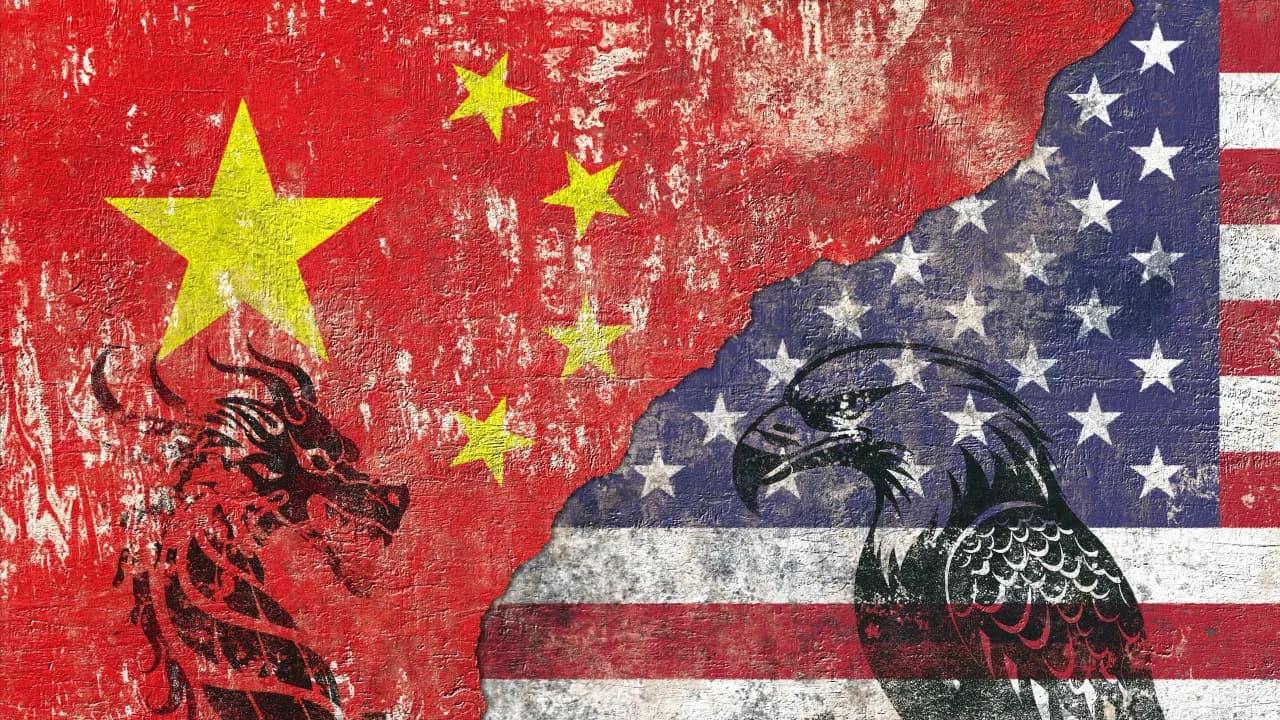China’s economic engine, long seen as an unstoppable force, revealed signs of deceleration in July as its factory activity slipped to its lowest point since April, even amidst an easing of U.S. tariffs. This notable dip in the nation’s factory activity suggests a potential softening within the robust China Economy, raising questions about its overall momentum.
According to the National Bureau of Statistics, China’s Purchasing Manufacturing Index (PMI) registered at 49.3 in July, a decline from June’s 49.7 and below economists’ estimates of 49.7. A figure under 50 definitively indicates a contraction in manufacturing data, signaling a concerning trend for industrial output.
The official data further elaborated on this contraction, showing a 0.9-point slide to 50.3 for large enterprises’ PMI, while smaller businesses also experienced a downturn in their activity. Concurrently, the new order index, a key barometer of future demand, fell by 0.8 points to 49.4 from June, directly pointing to a reduction in manufacturing demand across the board.
This weak economic performance resonates with earlier revelations from Beijing indicating that Chinese ports had processed the lowest volume of goods in three months. Such figures suggest that the previously strong export-driven boom, fueled by front-loading of shipments, may be reaching an inflection point, impacting global supply chains and Asian Markets.
NBS statistician Zhao Qinghe attributed the decline to a confluence of factors, including severe weather conditions like heavy rains, high temperatures, and localized flooding. Additionally, seasonally weak demand played a significant role, affecting not only the manufacturing sector but also extending to a 2.2-point slip in construction industry activity and a minor decline in the services sector.
Despite this recent economic slowdown, it’s crucial to contextualize it against China’s robust 5.2% growth in the second quarter, which surpassed expectations and led to upward revisions of GDP forecasts. This growth was notably aided by a fragile but ongoing US China Trade truce, where both nations are actively exploring ways to extend the tariff pause to bolster export competitiveness.
However, the recent downturn suggests that Chinese policymakers may need to enact more decisive measures to invigorate the economy, particularly in boosting domestic consumption. A recent survey from the Chinese central bank highlighted deteriorating consumer sentiment, underscoring the urgency for governmental intervention to stimulate internal demand.
In response to these challenges, the Chinese government has already begun implementing initiatives, including a nationwide scheme to distribute childcare subsidies earlier this week. This follows a series of incentives specifically designed to reinvigorate consumption and stabilize the broader China Economy, indicating a proactive stance from Beijing.
Despite the concerning statistics, investor sentiment on platforms like Stocktwits remained ‘bullish’ for the iShares China Large-Cap ETF (FXI) at the time of writing, which has seen a significant 25.7% rise this year, outpacing the SPDR S&P 500 Trust (SPY). This nuanced picture highlights the complex dynamics at play within the world’s second-largest economy.





Leave a Reply